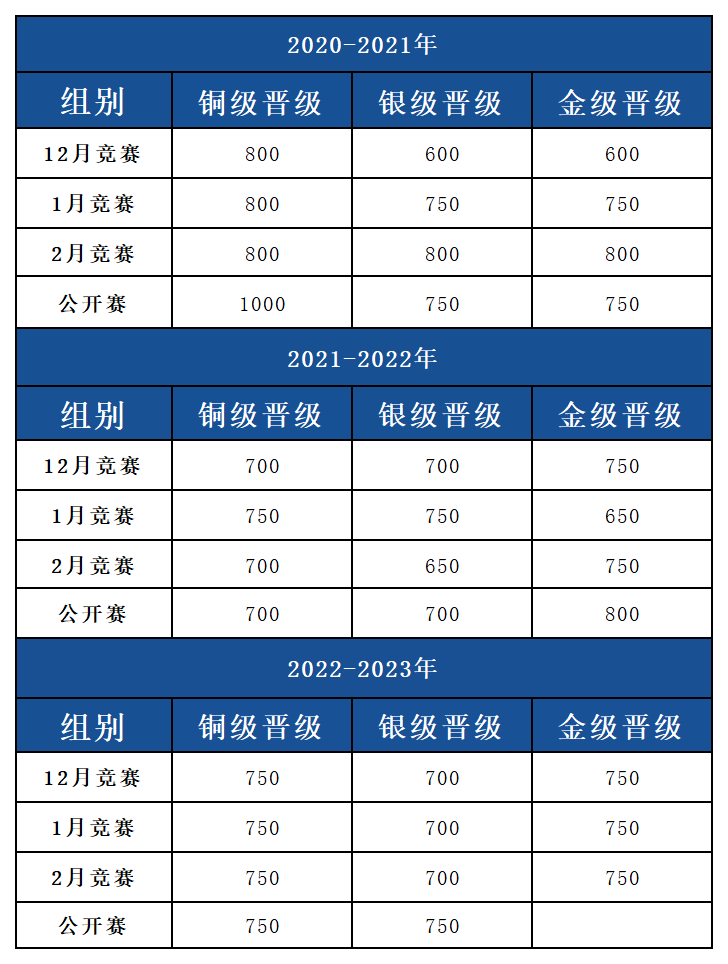在当今数字化高速发展的时代,技能的竞争愈发激烈,尤其是计算机编程这一新兴领域。作为全球知名的青少年计算机编程比赛,USACO自1992年首次举办以来,已成为一道通往顶尖大学的闪亮名片。
USACO竞赛规则变化
1.USACO竞赛金升白金只能通过“certified score”
为了保证竞赛的公正性和含金量,USACO官方引入了“certified contest result”(认证比赛结果)的概念。这意味着,想要从黄金级别晋级到白金级别的学生必须在规定的时间内开始考试,并获得认证的成绩。
2.USACO竞赛连续晋级难度增加
随着参与人数的增加,USACO官方调整了规则,增加了连续晋级的难度。以前,一些有天赋的学生可以在一个赛季内连续从青铜级别晋升到白金级别。但现在,由于“certified score”的要求,这种快速连续晋级的情况变得更为罕见。
USACO备考规划
准备阶段(提前一年)
了解竞赛信息:访问官方网站获取最新的考试说明、考试日期、报名流程等。
评估自身水平:通过自我测试了解自己在生物学方面的强项和弱点。
制定备考计划:结合自己的学习习惯和时间安排,制定详细的学习计划。
基础复习阶段(前6个月)
学习基础知识:利用教材和在线资源系统地学习生物学知识。
构建知识框架:整理笔记,将知识点分类归纳,便于理解和记忆。
积累专业词汇:准备一个生词本,记录遇到的专业术语及其解释。
强化训练阶段(中间3个月)
大量练习:完成历年的真题和模拟题,注意时间控制。
分析错题:对于错误的题目,要仔细分析原因,并查找相关的知识点进行复习。
提升解题技巧:掌握快速解题的方法,提高效率。
冲刺模拟阶段(后3个月)
模拟考试:定期进行全真模拟测试,以适应考试环境。
调整状态:保证充足的睡眠和适量的运动,保持良好的心态。
回顾总结:复习笔记和错题集,确保没有遗漏的知识点。
【扫码免费领取】USACO真题+备赛书单+一对一备考规划!
预约最新真题讲座、课程详情可添加下方顾问老师咨询



思维导图









